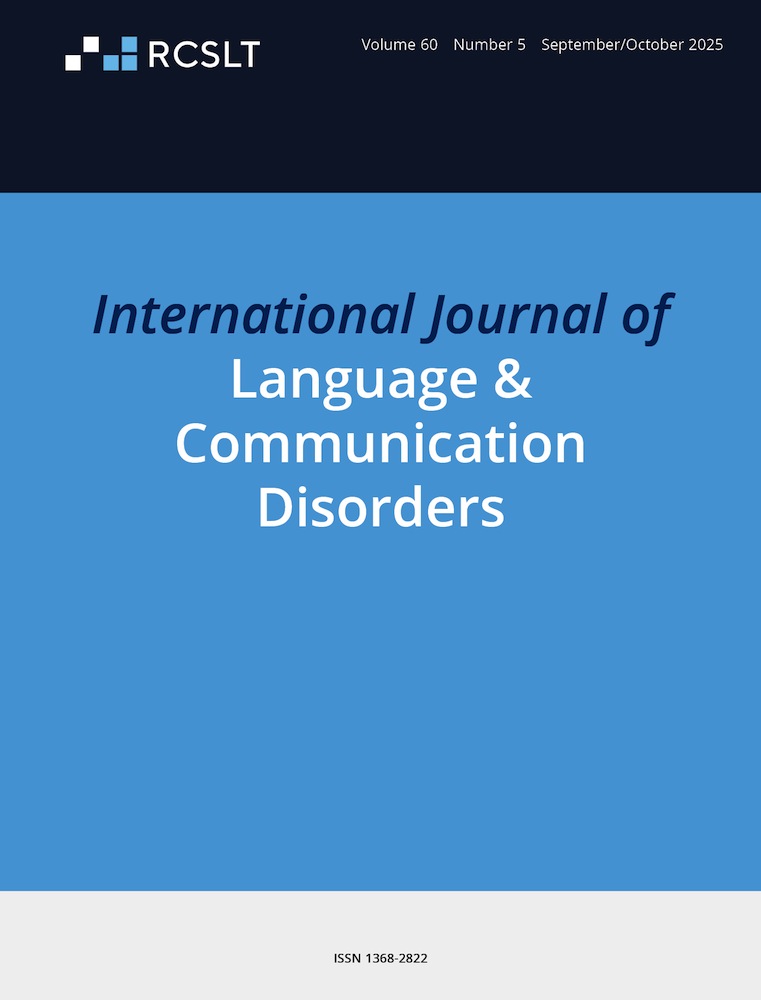Stroboscopic articulography using fast magnetic resonance imaging
Abstract
A method to display dynamic aspects of vocal tract configuration during speech production by means of fast magnetic resonance imaging is presented. Data acquisition during repetitive movement relies on a stroboscopy-like procedure. The time resolution achieved is 120 images s −1 in a selected plane. As compared with other techniques of kinematic measurements of speech motor processes, this procedure allows for visualization of the temporal and spatial coordination of all relevant articulators, e.g. the entire tongue, the velum and the lower vocal tract. As an example, the method was applied to repetitions of stop consonant-vowel-nasal syllables.




